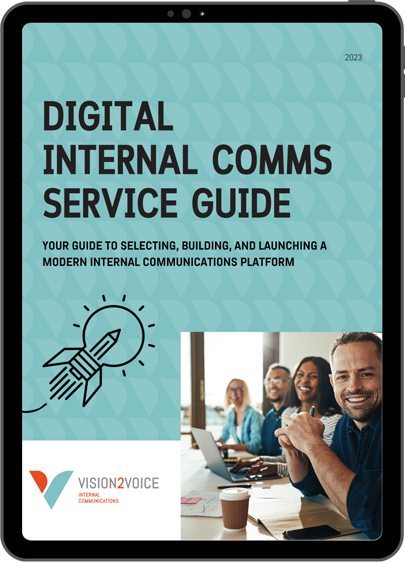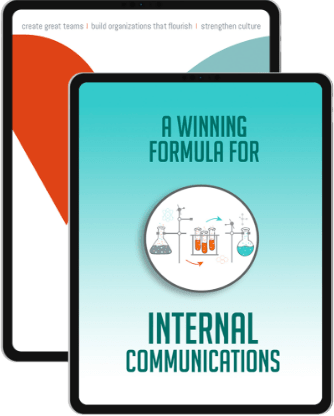
Gratitude is a verb – it’s an action, it’s a mindset, and it’s a way of being. Living with an attitude of gratitude means living in a state of thankfulness. In positive psychology, gratitude is the human way of recognizing the good things in life.
Living a life of gratitude is not a solo practice. It also includes expressing our gratitude towards others. This is more than just a thank you, it is an action where we express our appreciation and exchange kind words with others.
The incredible benefits of gratitude
“It is not happiness that brings us gratitude. It is gratitude that brings us happiness.”
Gratitude goes a long way in affecting our overall biological functioning and has a profound effect on our brains and our nervous systems. Biologically, it has been linked to improved sleep, better immunity, and lower risk for disease. Gratitude also lowers stress and reduces toxic emotions that affect our bodies and our brains. Psychologically, gratitude reduces anxiety and depression while increasing empathy and emotional resilience.
Bringing gratitude to work (remember it’s an action)
I know what you’re thinking: this all sounds great but what does it have to do with the employee experience, culture, and internal comms?
It’s true. Traditional thinking is that people shouldn’t expect to be thanked for doing a job they get paid for. A paycheque is gratitude enough and the yearly Christmas party (remember those?), and reward and recognition programs are really the only things leaders need to do.
Gratitude is more than that but it’s not recognition for a job well done or what you have accomplished either. According to author and consultant Mike Robbins, it acknowledges your inherent worth as a person. He says, think of it as the difference between celebrating record-breaking sales vs. applauding a caring and helpful spirit.
Nurturing an attitude of gratitude as part of your corporate culture not only brings individual benefits to employees, it’s also great for your organization. Research suggests that it can transform our work lives leading to deeper connections, higher job satisfaction, stronger teams, and helps organizations improve how they respond to and bound back from adversity.
Leaders and internal communications professionals have an important role in creating an environment where people feel valued for who they are and not just what they do. The key is to help people build an attitude of gratitude by helping employees understand it, bring it to life, and help create the time and space for it to happen on its own through voluntary, spontaneous, and sincere expression.
Five ways to nurture a culture of gratitude at work
1. Build understanding
Not everyone likes to be appreciated in the same way. While some people may like gifts or public praise, others may prefer a different way of being acknowledged. Similarly, each individual may like to be appreciated for different things. Building an understanding of these should be an important first step before introducing gratitude practices that assume everyone wants the same thing.
2. Practice
Gratitude is a regular practice. Individual practice of gratitude often involves keeping a gratitude journal that helps people pause and reflect. The workplace equivalent of a gratitude journal can be a thank you card, sharing one thing we are grateful for during a meeting check-in, or creating a gratitude channel on Teams, Yammer or Slack are all ways to encourage a gratitude practice. These activities begin to create social proof of the importance of gratitude and help cue others to change their mindsets and behaviours.
3. Appreciate differences
Apply a diversity lens to the gratitude practice. Organizations often express gratitude for the same behaviours, actions, and strengths over and over again, even when those behaviours can be toxic. A good example is expressing gratitude to someone who has worked all night to get something done. This sends the wrong message. Instead, express gratitude to people for doing things like admitting mistakes, having the courage to say they need help, or for tackling a problem using an unconventional approach.
4. Go beyond the obvious
Once you get started, finding things to be grateful for as an organization can be easy but it is important to show gratitude for the not-so-obvious. Let’s face it, in some organizations we forget to appreciate those who do the less than glamourous work. Whether it is those who keep the lights on, the floors clean, or the technology working, remembering to express appreciation for the character and contribution of those unsung heroes in our organizations is critical. Similarly, going beyond the obvious qualities in a person or an aspect of your organization (the transportation network that moves your product, for example) can bring new dimensions to workplace gratitude.
5. Weave gratitude into storytelling
Storytelling is a powerful force in organizations. It shapes mindsets and behaviours by helping employees understand what is expected of them. Including stories that feature or weave in elements of gratitude will build the understanding and the cultural competence required to bring the benefits of gratitude to your organization. From the narratives shared by leadership to the stories in newsletters, vlogs, or podcasts, expressing gratitude and telling stories about gratitude in your workplace will help people understand how to practice it. For example, a vlog by a senior leader might highlight the things she is grateful for, or a story in your company newsletter might share highlights from the Slack gratitude channel or recount how gratitude was practiced by a team.
Gratitude can be a powerful force in a person’s life. It also has the potential to build a better employee experience, make the workplace more human, strengthen connections, and build resilience. If building an attitude of gratitude in your organization is something you’d like to explore, give us a call. We’d be grateful for the conversation.






